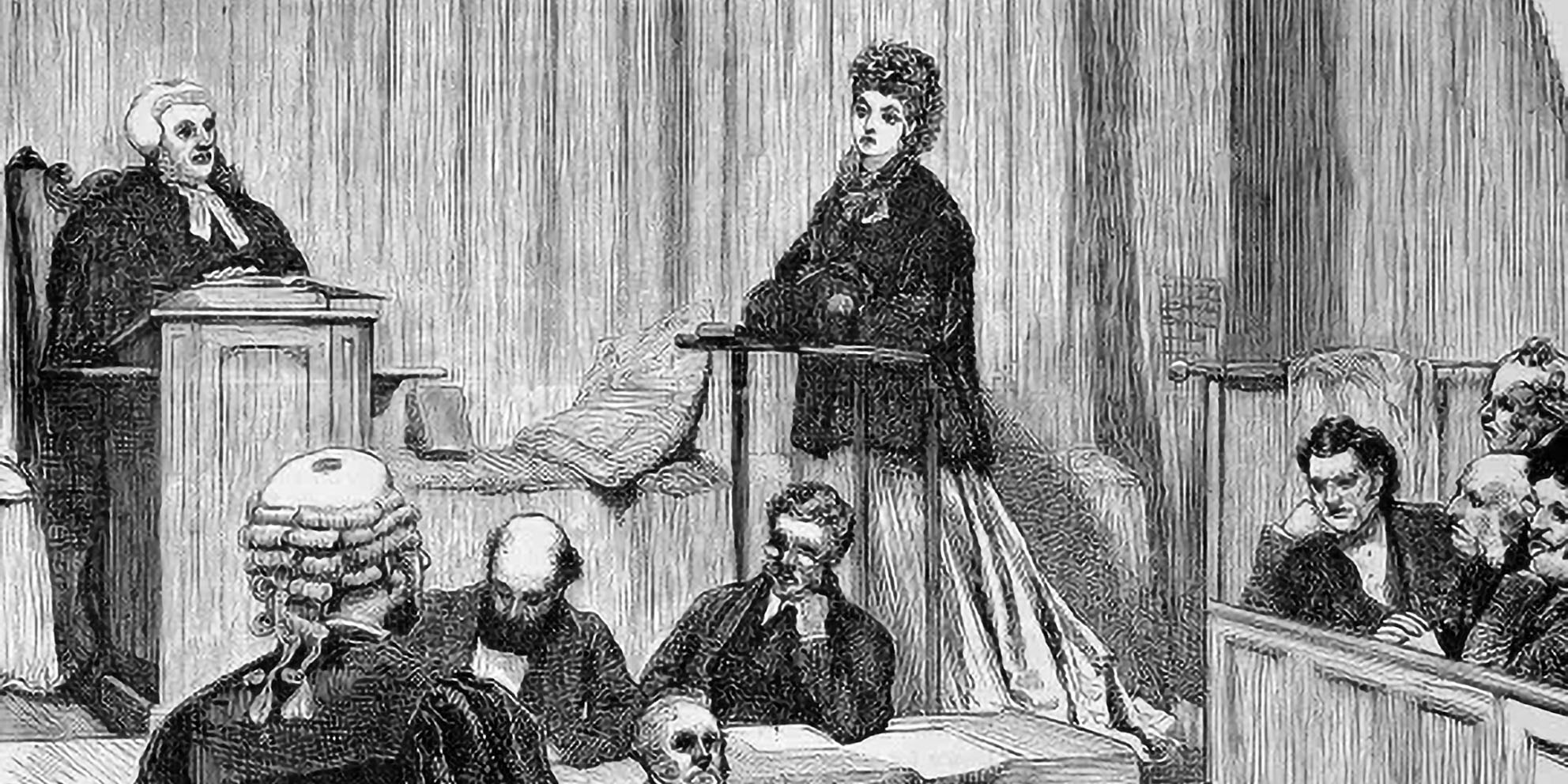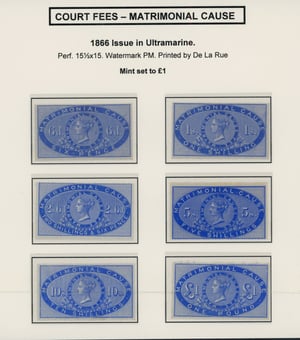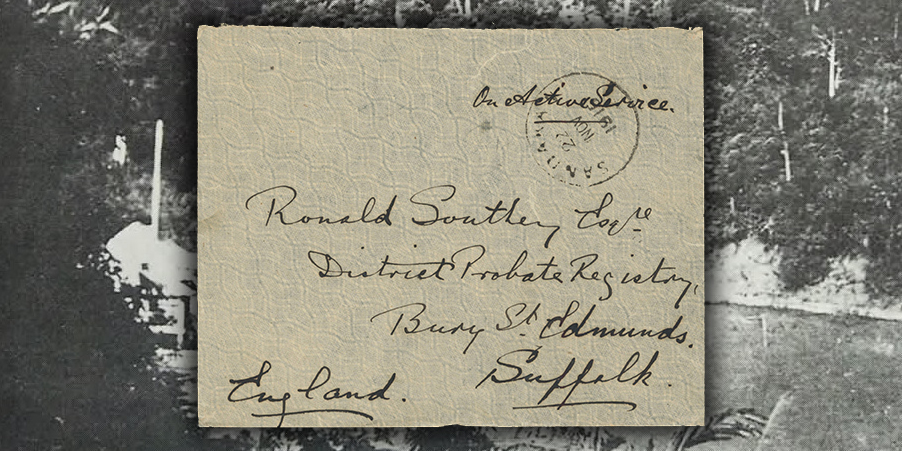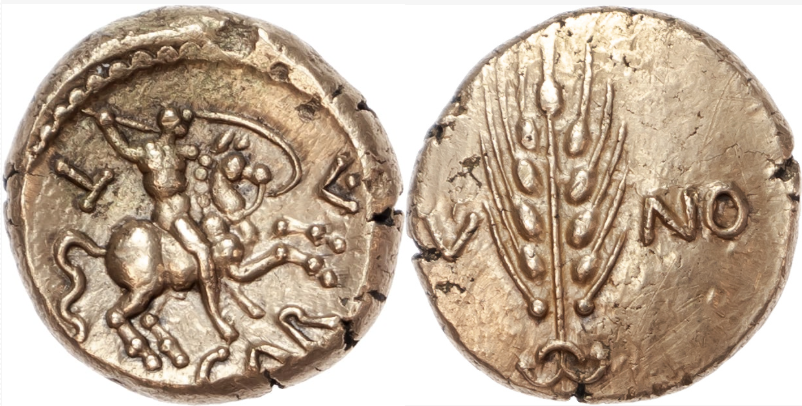The rich social history behind matrimonial cause revenue stamps is often overlooked and underappreciated. To develop an understanding of the significance of these fiscals it is important to understand the history of divorce and the context in which they were issued. Prior to the Matrimonial Causes Act (1857), the only way one could obtain a divorce was through an individual Act of Parliament. Naturally, this was an ordeal which was only accessible to wealthy and influential members of society as can be seen by the fact that between 1700 and 1857 there were only 314 such Acts. It is worth noting that only four women received parliamentary divorces in the 180 years that they were available.
The cost of divorce in the early to mid-19th century was more than £1,000 and could rise to £5,000 if the case was contested. Divorce prior to this Act would also entail debates about couples’ intimate relationships in public in the House of Commons which many would have not wanted and as such did not pursue. The Matrimonial Causes Act (1857) significantly changed divorce proceedings as one could now petition a judge to allow you to divorce your spouse. That being said, it still only allowed divorce under certain circumstances as the Act was specifically designed to preserve the institution of matrimony and only to allow divorce only as a last resort. It allowed separation by husband to a wife on grounds of adultery, but a wife could only divorce a husband if he is guilty of incestuous adultery, bigamy with adultery, rape, sodomy, bestiality, or adultery coupled with such cruelty as without adultery would have entitled her to a divorce mensa et thoro, or adultery coupled with desertion, without reasonable excuse, for two years or upwards.
As a result of the stringent legislation surrounding divorce, they were very uncommon with only 24 divorces filed in 1858, the year that the stamps were introduced. Furthermore, the cost of legal representation and social stigma meant that very few people sought divorce. The fiscal stamps used to pay the costs incurred by appellants to the Court for Divorce and Matrimonial Causes were consequently issued in very low numbers, rarely used, and therefore some of the scarcest GB revenues. In addition to this, it is also important to remember that due to the ephemeral nature of the documents the stamps were affixed to, they generally were not preserved, and many would have been destroyed after the legal retention periods.
Despite the increased accessibility of divorce, it is still important to consider the cost of doing so, even after the Act passed. Below is a table from Untying the Knot: An Analysis of the English Divorce and Matrimonial Causes Court Records, 1858-1966 that demonstrates that between 1858-1861 the estimated cost of divorce was between £50-£100 (approx. £5,150-£10,300 in 2025), a vast sum of money for many Victorian would-be divorcees.

Matrimonial cause revenue stamps serve as a fascinating intersection of social reform and philatelic rarity. Their scarcity is not merely a product of the limited quantities printed, but a reflection of the barriers surrounding divorce in Victorian Britain, and each example bears witness to a time when marital freedom was, for many, an unattainable pursuit.
Bibliography:
https://www.tandfonline.com/doi/full/10.1080/01440365.2022.2092942#inline_frontnotes
https://www.ibredguy.co.uk/main.php?g2_itemId=23636
https://www.theguardian.com/news/datablog/2010/jan/28/divorce-rates-marriage-ons
https://en.wikipedia.org/wiki/Matrimonial_Causes_Act_1857
https://scholarship.richmond.edu/cgi/viewcontent.cgi?article=2562&context=lawreview






